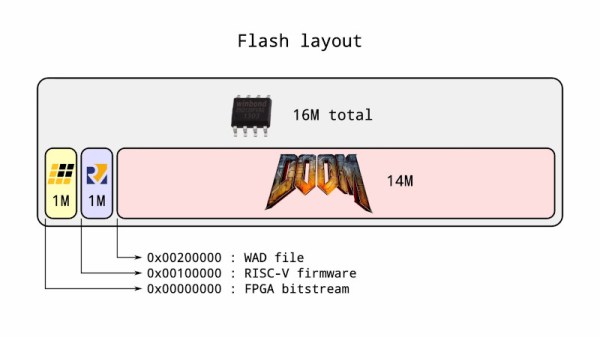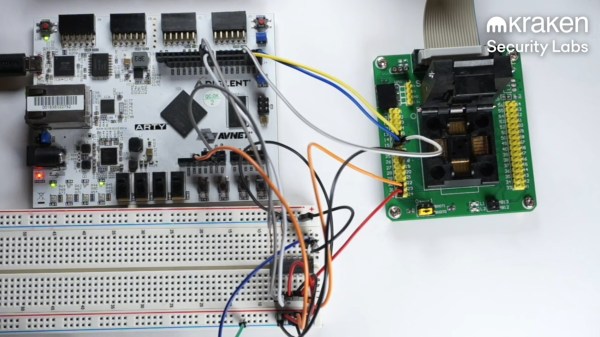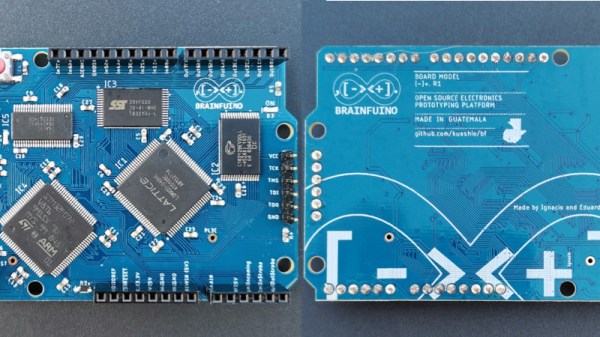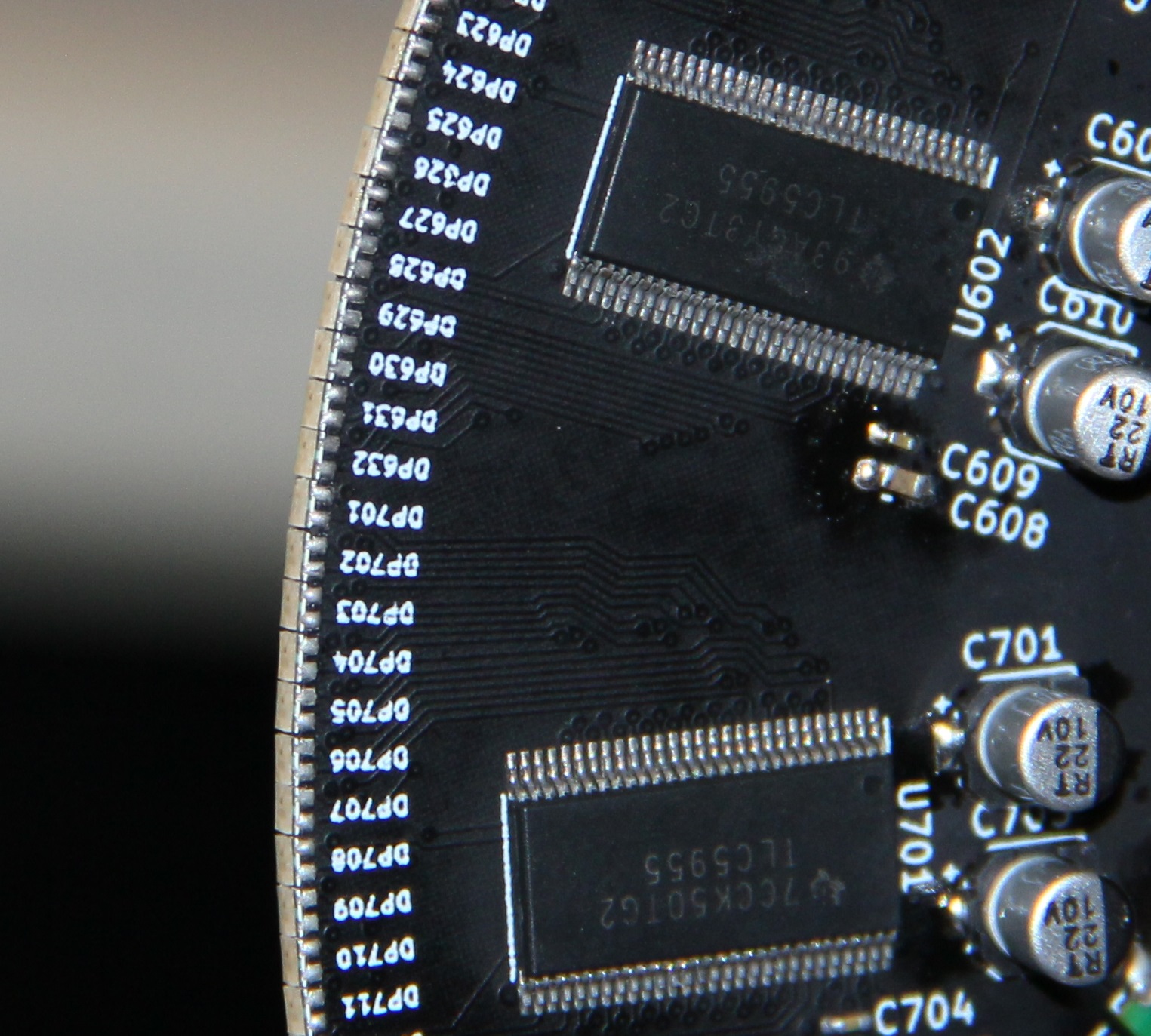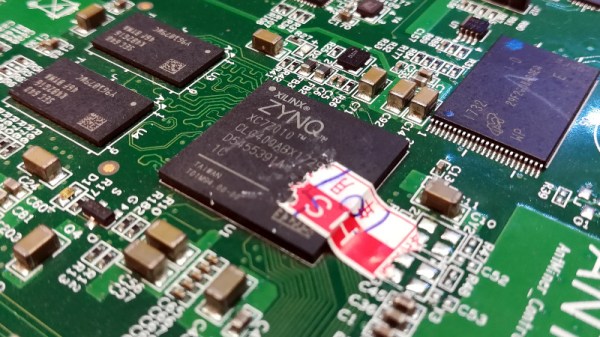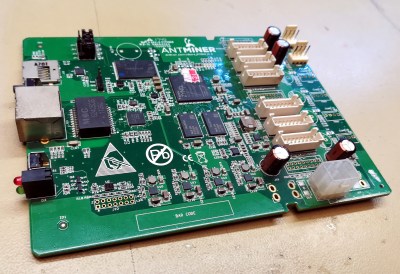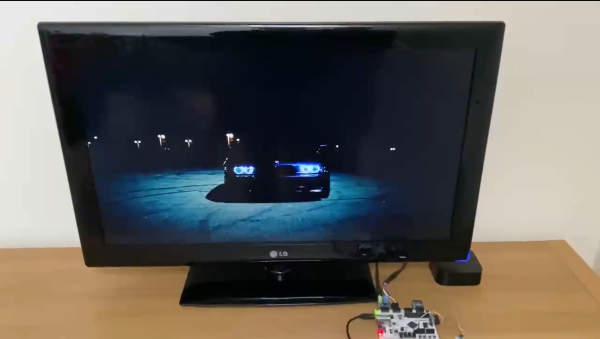Spec sheets are an important tool in determining the performance of a given part or system, but they’re not the be all and end all when it comes to engineering. However, specs alone don’t prove whether a given system can complete a given task. Sometimes, you need to actually do the work to prove it instead – as [Sylvain] has done, running DOOM on the iCE40 FPGA.
DOOM’s minimum specifications demand a 386 with 4MB RAM minimum, but it’s commonly agreed that a 486 DX2 running at 66MHz with 8MB of RAM is required to play the game smoothly. With an iCEBreaker v1.0b running a RISC V softcore at 25MHz, it may seem like a difficult task, but the RISC V core has the benefit that many instructions run in a single clock cycle that take many on the 486. While the iCEBreaker doesn’t have much RAM onboard, it’s a simple job to piggyback an 8MB SPI device on top of the existing flash storage. Control of the game is via keystrokes sent to the iCEBreaker over serial, while video is handled over a PMOD video interface with an HDMI connector.
[Sylvain] does a great job of explaining all the minute details of the work that was required to get things working, and has provided files on Github for those keen to replicate the feat or expand upon the code. Music is notably absent but MIDI output could likely be achieved without much hassle. “Does it run DOOM?” is still a question asked of many platforms, even the new Nintendo Game & Watch. Video after the break.

